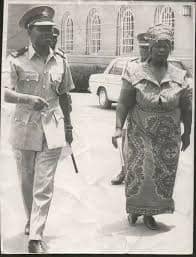By Ollus Ndomu
“Until the lion learns to write, every story will always glorify the hunter.” – Chinua Achebe
The massacre of 1,300 people including children, women, and men on August 3, 1964, remains one of Zambia’s most shadowed tragedies. Colonial authorities brutally arrested Prophetess Alice Lenshina, demolished her church, and killed hundreds of her followers in Chinsali, the spiritual birthplace of Christianity in the country’s Northern Circuit. The massacre, fueled by religious, political, and colonial tensions, casts a long and somber shadow on Zambia’s history. But who was Alice Lenshina?
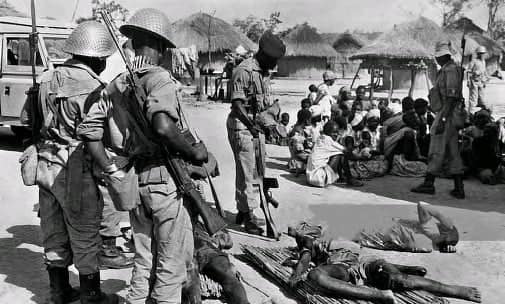
Born Alice Mulenga Lubusha in 1919 in Kasama, Northern Rhodesia, she was initially a member of the Presbyterian Mission Church. Her life took a dramatic turn in 1953, when she fell gravely ill. Whether it was malaria, meningitis, or an epileptic attack, reports vary. But her followers believed that she died not once, but four times. As her family prepared to bury her, Alice awoke, claiming she had met Jesus Christ in heaven and returned with divine instructions to cleanse the world.
This alleged miraculous encounter led Alice to adopt the name Alice Regina, inspired by Saint Regina, a Catholic virgin martyr. In Bemba, Regina means “queen,” and so, she became Prophetess Lenshina. Her message was well received, and her prophetic mission grew rapidly. By 1958, she had built a Grand Cathedral in Chinsali, which she believed would be the site where Christ would descend for His Second Coming. Thousands flocked to her services, abandoning witchcraft, and paying a small fee to absolve themselves of past sins.
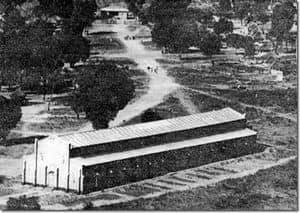
A Threat to Authority
But as Lenshina’s influence expanded, so did the tension. She allegedly rejected earthly authority, refused to register her church with the government, and told her followers not to pay taxes. This defiance threatened not only traditional chiefs but also the United National Independence Party (UNIP), which was gaining momentum as Zambia approached independence. UNIP leaders, including Kenneth Kaunda and Simon Mwansa Kapwepwe, came from Chinsali, and they saw Lenshina as a direct challenge to their political power.
Violent clashes ensued between the Lumpa Church’s followers and UNIP youth, worsening the growing discord. The church, led by a woman, became a symbol of resistance, but it also posed a danger to those seeking control of the newly emerging nation.
With independence on the horizon, the Northern Rhodesian government, supported by British colonial forces, decided that the Lumpa Church had to be crushed. The government viewed the church as a threat to its authority, but for the church’s followers, it was a matter of faith and survival.
The Military Assault on Chinsali
Few weeks to independence, the Northern Rhodesian Army, under the command of General Lee, descended on Chinsali. The military operation was not just a religious conflict but a power struggle between the government, traditional chiefs, and the Lumpa Church. The army’s presence, supported by British imperial forces, was an overpowering display of colonial control. General Lee’s chilling words made the severity of the mission clear: “You do not know who I am. I’ve come from London to see how much hardware you may need.”
The church’s followers, unarmed and caught in the crossfire, had no chance. The military was mobilized as though they were facing an armed uprising, but in reality, the Lumpa Church was a peaceful religious group, whose members had been driven by faith. The brutality that followed was staggering, with hundreds killed in three days, as the military attacked Sione, where Lenshina’s church was located.
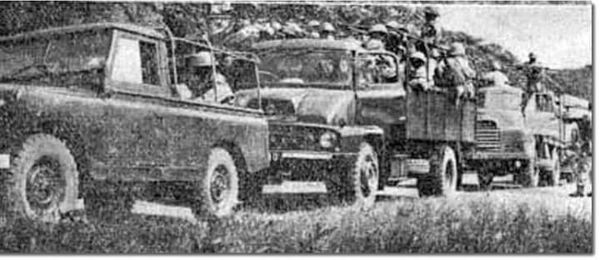
Alice Lenshina’s Surrender and Imprisonment
After weeks of intense violence, Prophetess Alice Lenshina finally surrendered on August 12, 1964. Along with her family, she was imprisoned and transported across various jails. Reports of the massacre’s toll—700 deaths—were confirmed, with The New York Times noting the scale of the violence. But the aftermath was not just the bloodshed in Chinsali—it was the eradication of an entire community’s religious and spiritual identity.
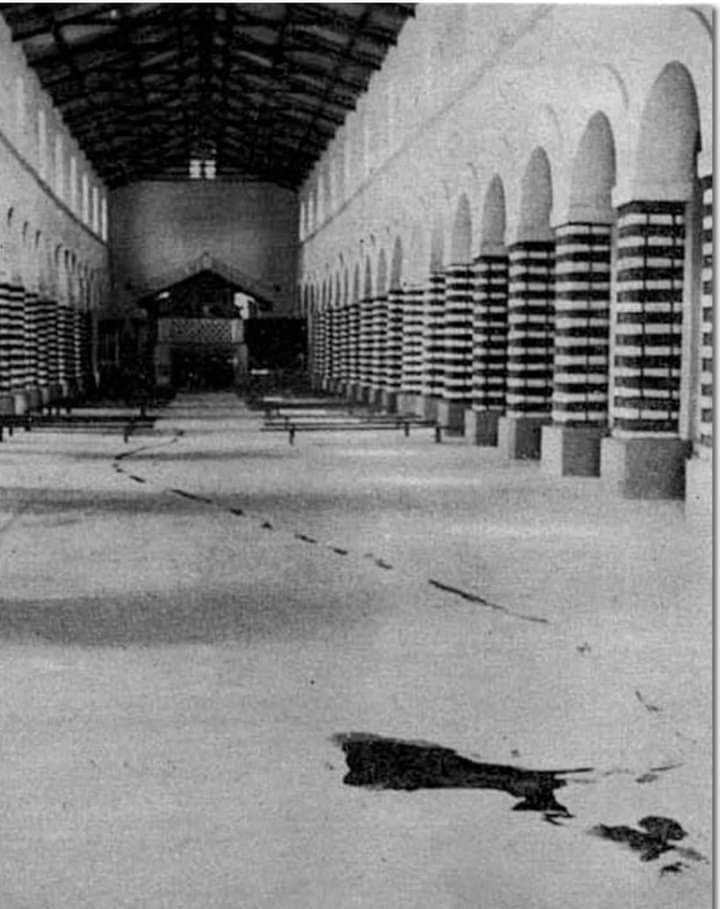
Rev. Walter Mwambazi, an elite clergy voice in Zambia, through his recounting, highlights that the truth of Alice Lenshina and her church remains misrepresented to this day. The Lumpa Church was banned, and its members were prohibited from gathering until 1992. Lenshina herself spent the remainder of her life under house arrest, dying in relative obscurity in the late 1970s. Her church, though once a beacon of hope and faith, could never return to its former glory.
The elite clergy aptly puts it: “Mama Lenshina was in fact the pioneer of a powerful women-led ministry whose impact cannot be ignored.” Despite the negative press that surrounded the Lumpa Church—“They Have Blood on Their Hands” and other critical reports—the story of Alice Lenshina has been tragically overshadowed by colonial narratives and misrepresentation.
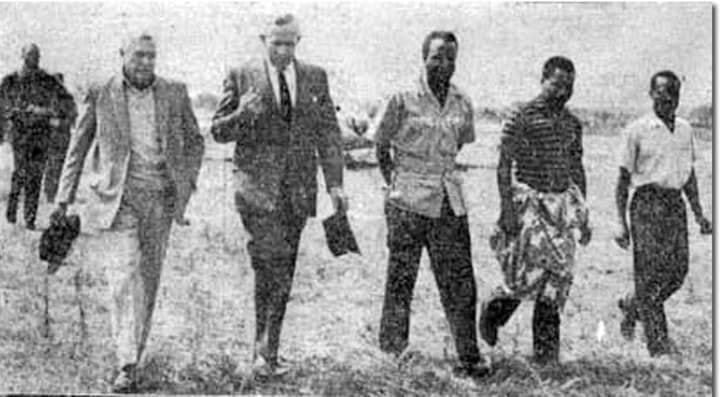
Remembering the Past, Shaping the Future
As Zambia celebrates 60 years of independence, it is essential to remember the complicated struggles that defined the nation’s journey to freedom. The story of Alice Lenshina is not just one of faith, but also a reminder of the ways in which colonial and political powers shaped Zambian history. Lenshina’s resistance to government authority and her vision for her people were seen as a threat, leading to the brutal repression of the Lumpa Church and its followers.

This is a call to honor the forgotten and to correct the long-lasting injustices. It’s time to rectify the misrepresentations that continue to cloud this women’s legacy. Zambia must not forget the heroes—the women-led ministries, the faithful followers, and the innocent lives lost in the massacre of 1964. As Chinua Achebe famously said, “Until the lion learns to write, every story will always glorify the hunter.“
Zambian history has too often been written by those who benefitted from its erasure. Now, as the nation moves forward, it is time to reclaim the stories of those who were silenced, like Alice Lenshina and the Lumpa Church.
About the Author: Ollus Ndomu, a Zambian-born professional with a training in English and Literature, is an accomplished writer and editor. He is recognized for his dedication to rewriting African history, offering in-depth political reporting, and providing insightful commentary on contemporary socio-political issues. His work is celebrated for its focus on reshaping narratives and highlighting underrepresented stories from Africa’s rich past.

